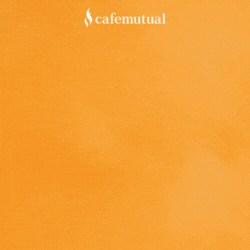While checking the performance of a fund, advisors and investors typically examine its quantitative aspects such as 1-year returns, Sharpe ratio, deviation, and the like.
Vidya Bala, Head of Mutual Fund Research, Fundsindia said, speaking at CIFA 2018, that we should shift our focus from ‘what the fund did’ to ‘why the fund did what it did’. In this respect, qualitative metrics can help us understand the things that went on behind the curtains.
When quantitative metrics seem confusing, qualitative metrics will give the real picture, she says and goes on to add the example of midcaps. “Although midcaps have been massive outperformers, they only outperformed the benchmark 42% of the times on a rolling 1-year return basis over the past three years,” she says.
Scheme categorisation is another reason for revisiting the evaluation metrics, as comparison of funds within a category would not be proper, Vidya says. This, she adds, will make schemes with low returns unattractive without properly understanding the fundamentals of the scheme. She further adds that the huge variation in performance in the different categories has made spotting the right fund trickier.
The correct way to compare funds, according to her, would be to take into consideration their qualitative aspects. These qualitative aspects will show why a fund did what it did.
Some of these qualitative aspects are market cap exposure, concentrated exposure to stocks, portfolio turnover, trends on duration and credit.
She pointed out that high returns of a large fund may be due to its low exposure to large cap stocks that may deliver returns, but the risk taken by the investor will also be on the higher side.
The second parameter is concentrated exposure to stocks. Fund managers who are positive about particular stocks can take an aggressive bet on the top 10 stocks. Hence, investors should also check the scheme’s concentration on the top 10 stocks. A lower percentage of top 10 stocks means that the scheme is not overly inclined to a few stocks and thus reduces risk.
The third is the portfolio turnover ratio, which shows the extent of portfolio change that the fund has undergone.
Similarly, the duration risk and credit risk in a debt fund over a period of time is more important than single point data on these factors.
Another parameter is the upside/downside capture ratios. A higher capture ratio in an up-market denotes outperformance over benchmark and a lower capture ratio during market falls denotes better downside containment.







